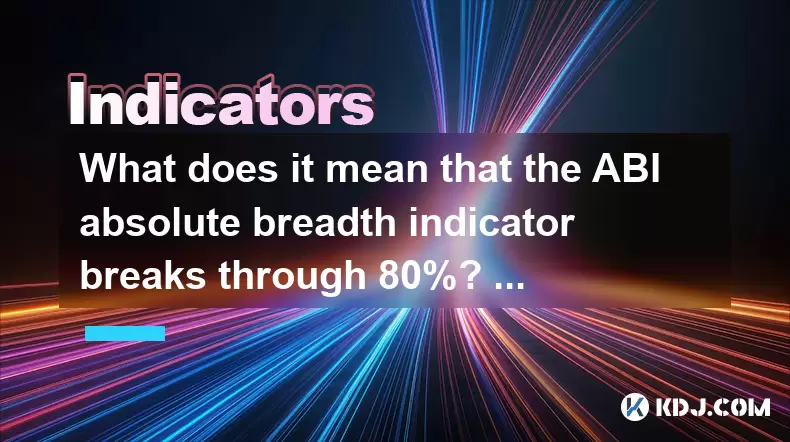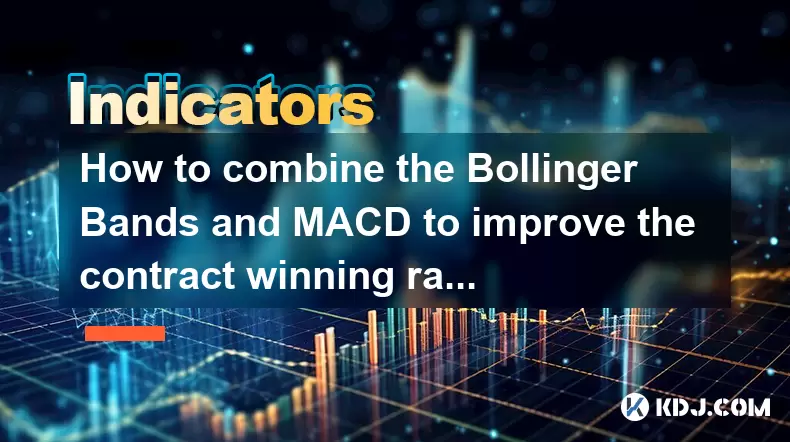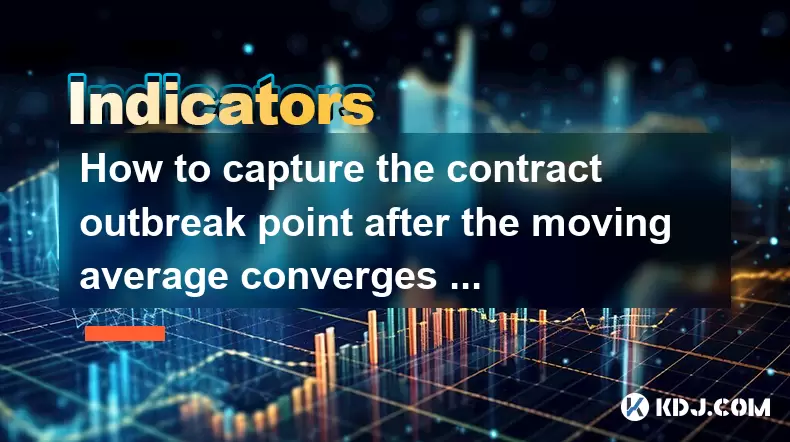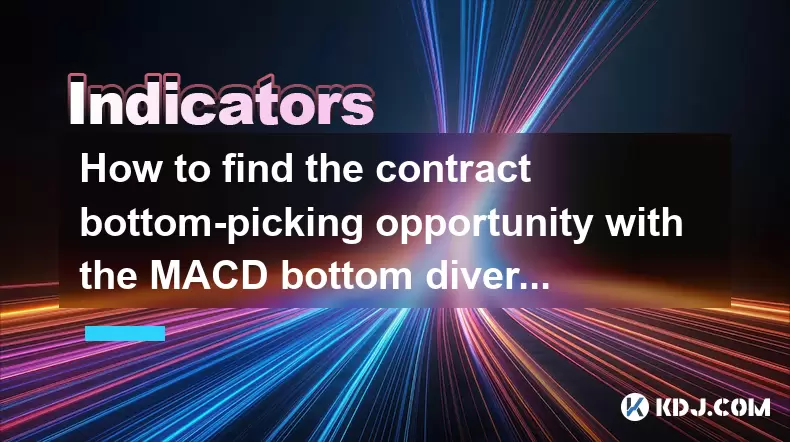-
 Bitcoin
Bitcoin $106,754.6083
1.33% -
 Ethereum
Ethereum $2,625.8249
3.80% -
 Tether USDt
Tether USDt $1.0001
-0.03% -
 XRP
XRP $2.1891
1.67% -
 BNB
BNB $654.5220
0.66% -
 Solana
Solana $156.9428
7.28% -
 USDC
USDC $0.9998
0.00% -
 Dogecoin
Dogecoin $0.1780
1.14% -
 TRON
TRON $0.2706
-0.16% -
 Cardano
Cardano $0.6470
2.77% -
 Hyperliquid
Hyperliquid $44.6467
10.24% -
 Sui
Sui $3.1128
3.86% -
 Bitcoin Cash
Bitcoin Cash $455.7646
3.00% -
 Chainlink
Chainlink $13.6858
4.08% -
 UNUS SED LEO
UNUS SED LEO $9.2682
0.21% -
 Avalanche
Avalanche $19.7433
3.79% -
 Stellar
Stellar $0.2616
1.64% -
 Toncoin
Toncoin $3.0222
2.19% -
 Shiba Inu
Shiba Inu $0.0...01220
1.49% -
 Hedera
Hedera $0.1580
2.75% -
 Litecoin
Litecoin $87.4964
2.29% -
 Polkadot
Polkadot $3.8958
3.05% -
 Ethena USDe
Ethena USDe $1.0000
-0.04% -
 Monero
Monero $317.2263
0.26% -
 Bitget Token
Bitget Token $4.5985
1.68% -
 Dai
Dai $0.9999
0.00% -
 Pepe
Pepe $0.0...01140
2.44% -
 Uniswap
Uniswap $7.6065
5.29% -
 Pi
Pi $0.6042
-2.00% -
 Aave
Aave $289.6343
6.02%
What does it mean that the ABI absolute breadth indicator breaks through 80%? Is the general rise coming?
The Absolute Breadth Indicator (ABI) signals strong market participation when it breaks 80%, suggesting a broad rally across cryptocurrencies.
Jun 19, 2025 at 05:14 am

Understanding the ABI Absolute Breadth Indicator
The ABI (Absolute Breadth Indicator) is a technical analysis tool used to measure market breadth by comparing the number of advancing and declining assets within a specific index or market. In the context of cryptocurrency, it can be applied to gauge the strength of a rally across various digital assets. When the ABI breaks through 80%, it signals that a large majority of assets in the basket are moving upward simultaneously.
This level is considered significant because it reflects widespread participation in a price move, which often precedes or confirms a broader trend. For example, if out of 100 cryptocurrencies being tracked, more than 80 are rising while fewer than 20 are falling, the ABI will register above 80%. This suggests strong buying pressure across the board.
How the ABI Is Calculated in Cryptocurrency Markets
To understand what an 80% breakout means, it’s essential to grasp how the ABI is calculated. The formula is:
ABI = (Number of Advancing Assets - Number of Declining Assets) / Total Number of Assets Tracked
In most cases, this is expressed as a percentage. If 90 out of 100 cryptocurrencies rise while 10 fall, the calculation would be:
(90 - 10) / 100 = 0.8 → 80%
A reading above 80% indicates that the market is experiencing a broad-based advance. In traditional markets, such levels are often associated with strong bullish momentum. Within crypto, where volatility is higher, reaching this threshold can suggest that a sector-wide or even market-wide rally may be underway.
Historical Context: ABI Breakouts and Market Behavior
Looking at historical data from major crypto indices like the Crypto Fear & Greed Index or CoinMarketCap Top 100, there have been several instances where the ABI crossed above 80%, followed by notable price rallies. These events typically occur after periods of consolidation or correction when investor sentiment shifts rapidly.
For instance, during the late 2023 altcoin season, multiple mid-cap tokens surged simultaneously, pushing the ABI past 80% for several consecutive days. This was followed by a sharp increase in Bitcoin and Ethereum prices as well, indicating that the initial movement among smaller coins often spills over into larger ones.
However, it's important to note that while high ABI values often correlate with bullish phases, they do not guarantee continued upward movement. Overbought conditions can lead to short-term pullbacks even after a strong rally begins.
Interpreting an 80% Breakthrough in Real Time
When you observe the ABI breaking through 80%, consider the following points to interpret its significance:
- Duration: A single day above 80% might indicate a short-lived rally, but sustained readings above this level suggest stronger momentum.
- Volume: Confirm the breakout with increased trading volume across the board. If rising prices are accompanied by surging volume, it reinforces the validity of the move.
- Market Cap Distribution: Determine whether the rally is concentrated in small-cap coins or includes mid and large-cap assets. Broader participation increases the likelihood of a general market rise.
- Sentiment Indicators: Cross-reference with other metrics like the Crypto Fear & Greed Index, social media activity, and on-chain data to assess the sustainability of the rally.
What It Means for Investors and Traders
If the ABI breaches 80%, investors and traders should prepare for potential upside momentum. However, caution is advised unless other indicators confirm the trend. Here's how different participants might approach the situation:
- Long-Term Holders: May view the breakout as a sign of improving market conditions and look to rebalance portfolios or add exposure gradually.
- Active Traders: Might take this as a signal to enter long positions or increase exposure to altcoins showing strength.
- Risk-Averse Investors: Should wait for further confirmation before entering new positions, especially if the market appears overbought.
It’s also crucial to monitor individual asset performance. Even during a general rally, some projects may underperform due to negative news or weak fundamentals. Therefore, selective entry points remain important.
Common Misinterpretations of the ABI Indicator
Despite its usefulness, the ABI is sometimes misinterpreted, particularly during volatile crypto market cycles. Some common misconceptions include:
- Believing the indicator predicts exact tops or bottoms: While it shows breadth, it does not time reversals precisely.
- Ignoring divergence with price: Sometimes, price continues to rise even as the ABI starts to decline, suggesting weakening participation.
- Failing to adjust for changing baskets: If the list of tracked assets changes frequently, the ABI readings may become inconsistent.
Avoiding these pitfalls requires a nuanced understanding of how the ABI functions in real-time crypto environments.
Frequently Asked Questions
Q: Does the ABI work better for certain types of cryptocurrencies?
The ABI works best when applied to a diversified basket of assets, including large-cap, mid-cap, and small-cap cryptocurrencies. It tends to provide clearer signals during altcoin seasons when broader participation is observed.
Q: Can the ABI drop below zero, and what does that mean?
Yes, the ABI can go below zero, indicating that more assets are declining than advancing. A reading below 20% is often seen as a bearish sign and may signal a market downturn or consolidation phase.
Q: How often does the ABI reach 80% in crypto markets?
Historically, the ABI has reached 80% infrequently, usually during strong rallies or altseasons. Exact frequency varies based on market conditions, but it tends to occur every few months during bullish cycles.
Q: Is the ABI reliable for short-term trading decisions?
While the ABI provides valuable insight into market breadth, it should not be used in isolation for short-term trading. Combining it with volume analysis, sentiment indicators, and chart patterns offers a more robust decision-making framework.
Disclaimer:info@kdj.com
The information provided is not trading advice. kdj.com does not assume any responsibility for any investments made based on the information provided in this article. Cryptocurrencies are highly volatile and it is highly recommended that you invest with caution after thorough research!
If you believe that the content used on this website infringes your copyright, please contact us immediately (info@kdj.com) and we will delete it promptly.
- Check Your Change! That £2 Coin Could Be Worth £500!
- 2025-06-19 18:45:12
- Bitcoin, Solaris, and Mobile Mining: The Next Big Thing?
- 2025-06-19 18:45:12
- Mantle, Crypto, and Blockchain: UR Neobank Revolutionizes TradFi and DeFi
- 2025-06-19 20:05:12
- XRP Price, Ripple Transfer, and Market Panic: What's the Real Story?
- 2025-06-19 19:25:12
- Coin Master Free Spins & Links: Your Daily Dose of Spins (June 19, 2025)
- 2025-06-19 18:52:12
- RAY Price Rockets with Volume Surge: Is This the Start of a Stock Rally?
- 2025-06-19 19:05:12
Related knowledge

How to combine the Bollinger Bands and MACD to improve the contract winning rate?
Jun 19,2025 at 06:35pm
Understanding Bollinger Bands and MACD IndicatorsTo effectively combine Bollinger Bands and the MACD (Moving Average Convergence Divergence), it's essential to first understand what each indicator represents. Bollinger Bands consist of a middle moving average line and two outer bands that adjust based on market volatility. When prices move toward the up...

How does the long lower shadow of the K line indicate the formation of the bottom of the contract?
Jun 19,2025 at 05:00am
Understanding the Long Lower Shadow in K-Line AnalysisIn cryptocurrency trading, K-line analysis plays a pivotal role in determining market sentiment and potential price reversals. A long lower shadow, also known as a long wick, is one of the most telling candlestick patterns that traders look for when assessing whether a bottom might be forming in a co...

How to capture the contract outbreak point after the moving average converges and diverges?
Jun 19,2025 at 02:07pm
Understanding Moving Average Convergence and Divergence in Crypto TradingIn cryptocurrency trading, moving averages are among the most widely used technical indicators. The concept of convergence and divergence refers to how different moving averages align or separate over time. When short-term and long-term moving averages come together (converge), it ...

How to find the contract bottom-picking opportunity with the MACD bottom divergence?
Jun 19,2025 at 02:28pm
Understanding MACD Bottom Divergence in Cryptocurrency TradingMACD (Moving Average Convergence Divergence) is a widely used technical analysis tool that helps traders identify potential reversals in price trends. Bottom divergence, specifically, occurs when the price of an asset makes a new low, but the MACD indicator does not confirm this by making a c...

How to use the DEMARK indicator to predict the high and low points of the contract?
Jun 19,2025 at 04:21am
What Is the DEMARK Indicator?The DEMARK indicator is a technical analysis tool developed by Tom DeMark, aimed at identifying price exhaustion points in financial markets. It helps traders anticipate potential reversal zones, especially in volatile environments such as cryptocurrency contracts. The indicator works by detecting specific patterns and seque...

Why does the contract sometimes not fall after the moving average crosses?
Jun 18,2025 at 08:50pm
Understanding Moving Averages in Cryptocurrency TradingIn the realm of cryptocurrency trading, moving averages are among the most widely used technical indicators. They help traders identify potential trends by smoothing out price data over a specified period. The two primary types are the Simple Moving Average (SMA) and the Exponential Moving Average (...

How to combine the Bollinger Bands and MACD to improve the contract winning rate?
Jun 19,2025 at 06:35pm
Understanding Bollinger Bands and MACD IndicatorsTo effectively combine Bollinger Bands and the MACD (Moving Average Convergence Divergence), it's essential to first understand what each indicator represents. Bollinger Bands consist of a middle moving average line and two outer bands that adjust based on market volatility. When prices move toward the up...

How does the long lower shadow of the K line indicate the formation of the bottom of the contract?
Jun 19,2025 at 05:00am
Understanding the Long Lower Shadow in K-Line AnalysisIn cryptocurrency trading, K-line analysis plays a pivotal role in determining market sentiment and potential price reversals. A long lower shadow, also known as a long wick, is one of the most telling candlestick patterns that traders look for when assessing whether a bottom might be forming in a co...

How to capture the contract outbreak point after the moving average converges and diverges?
Jun 19,2025 at 02:07pm
Understanding Moving Average Convergence and Divergence in Crypto TradingIn cryptocurrency trading, moving averages are among the most widely used technical indicators. The concept of convergence and divergence refers to how different moving averages align or separate over time. When short-term and long-term moving averages come together (converge), it ...

How to find the contract bottom-picking opportunity with the MACD bottom divergence?
Jun 19,2025 at 02:28pm
Understanding MACD Bottom Divergence in Cryptocurrency TradingMACD (Moving Average Convergence Divergence) is a widely used technical analysis tool that helps traders identify potential reversals in price trends. Bottom divergence, specifically, occurs when the price of an asset makes a new low, but the MACD indicator does not confirm this by making a c...

How to use the DEMARK indicator to predict the high and low points of the contract?
Jun 19,2025 at 04:21am
What Is the DEMARK Indicator?The DEMARK indicator is a technical analysis tool developed by Tom DeMark, aimed at identifying price exhaustion points in financial markets. It helps traders anticipate potential reversal zones, especially in volatile environments such as cryptocurrency contracts. The indicator works by detecting specific patterns and seque...

Why does the contract sometimes not fall after the moving average crosses?
Jun 18,2025 at 08:50pm
Understanding Moving Averages in Cryptocurrency TradingIn the realm of cryptocurrency trading, moving averages are among the most widely used technical indicators. They help traders identify potential trends by smoothing out price data over a specified period. The two primary types are the Simple Moving Average (SMA) and the Exponential Moving Average (...
See all articles

























































































